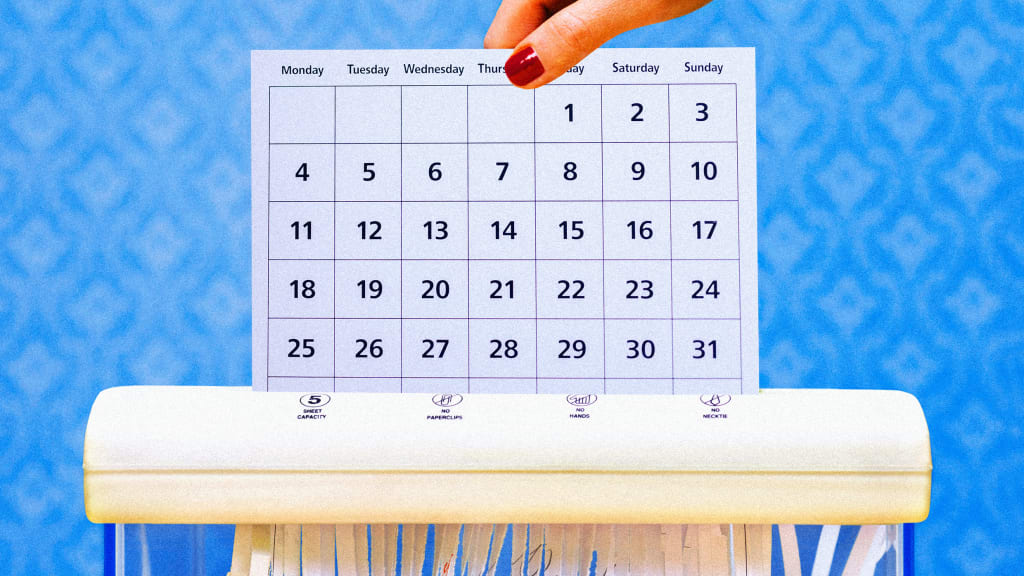The amount of time people spend “at work” has changed significantly over the last few centuries. Robert Whaples, a professor of economics at Wake Forest University has mapped out the history of hours of work in the U.S., which reveals a gradual decline from working “first light to dark” (70+ hours a week) to the passing of the Fair Labor Standards Act in 1938, which eventually established the 40-hour workweek. Over the last 85 years, not much has changed in the U.S., until now. As technology improves productivity and AI helps human beings operate at our full potential, it’s going to be a matter of when, not if, we will see a four-day workweek become the norm.
Already, nearly one-third of large U.S. companies are exploring new work schedules, such as four-day or four-and-a-half-day workweeks, according to a recent KPMG survey of CEOs. Workers are also demanding a shift in when, where, and how much they work. Just last year, the United Auto Workers announced their intent to push for a four-day, 32-hour workweek. And the younger generation have also made clear their willingness to forgo fancy titles and elevated salaries in favor of flexibility and freedom. Add on the fact that we will likely continue seeing a labor shortage while AI is set to create half a billion net new jobs by 2036, employers are faced with a tough predicament. Embrace workers’ desire to work less, or face being left behind.
Lean into AI to achieve the four-day workweek
For executives, the impending four-day workweek will inevitably bring on new questions of productivity, output, and outcomes. How do I ensure my people are producing the same level, or better, outcomes while putting in less work? The good news is that as artificial intelligence takes on a bigger role at work, managers can lean into AI tools to redesign how we work, so that we can get more done in less time. For those on the cusp of embracing a four-day workweek, here are three ways you can lean into AI to ensure a successful transition.
Hand Over Admin Work to the Bots
AI tools have the power to automate administrative, transactional, and manual tasks, thereby freeing up people to work on more creative, strategic endeavors. Research by McKinsey shows that with generative AI, up to 30% of hours worked today could be automated. These AI tools can handle a variety of tasks, such as data entry, scheduling, and customer support. In service industries where people are paramount, simply automating approvals like vacation requests or schedule changes can significantly reduce mundane managerial administration. In fact, many of the common questions and requests HR professionals field today will be answered by bots, as they prove more adept at navigating a wider variety of variables. By delegating repetitive tasks to AI, employees can focus on work that requires human ingenuity and strategic thinking.







